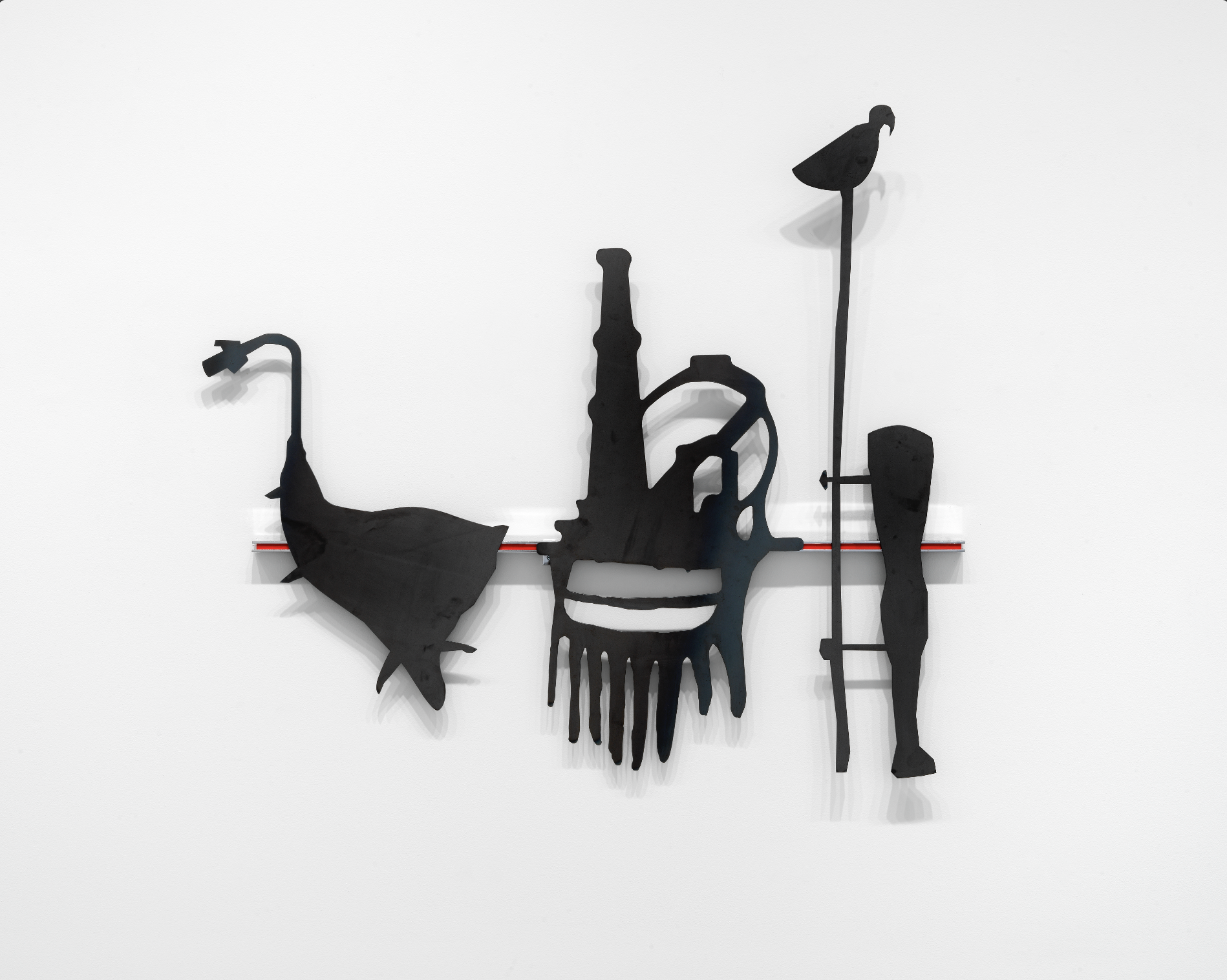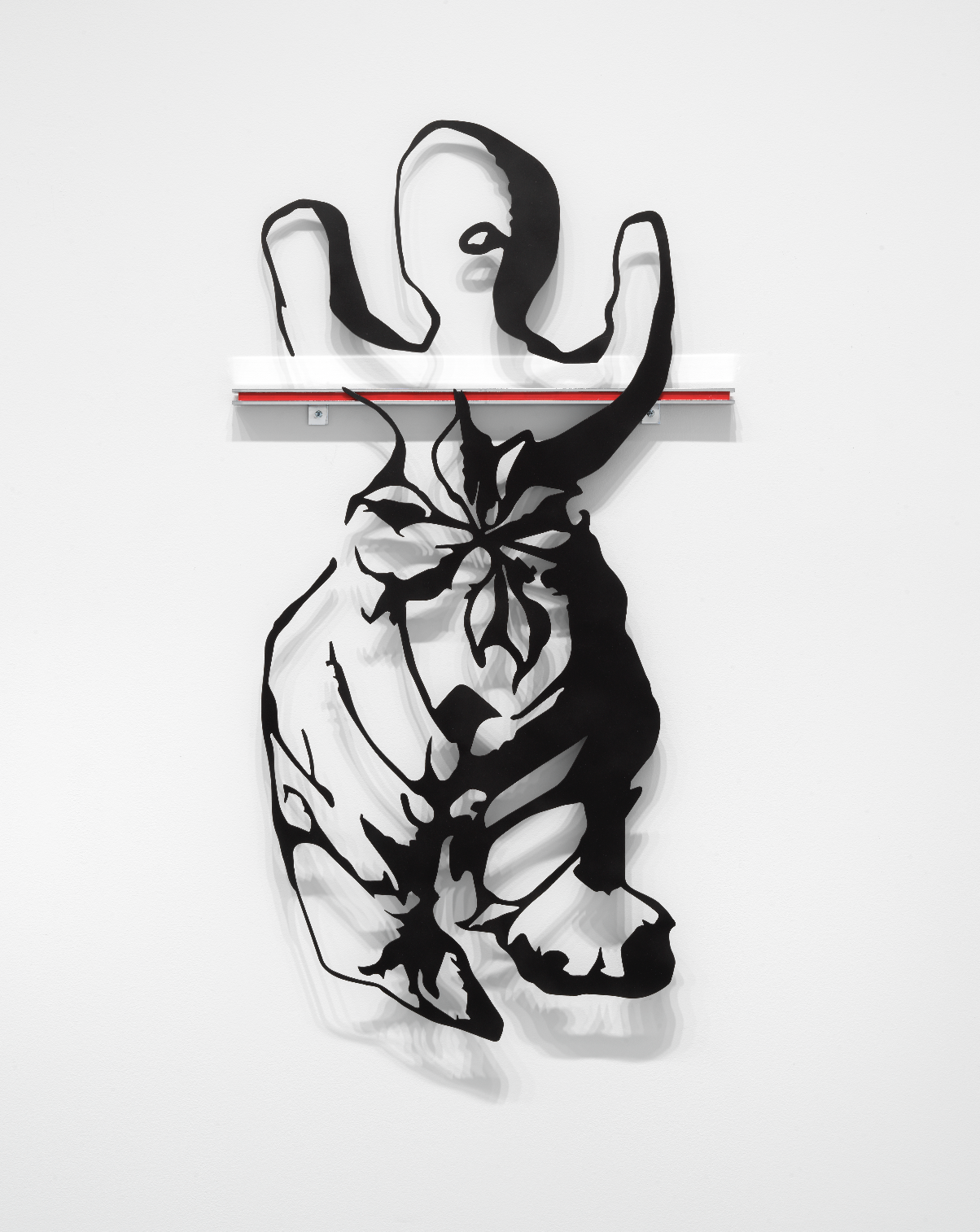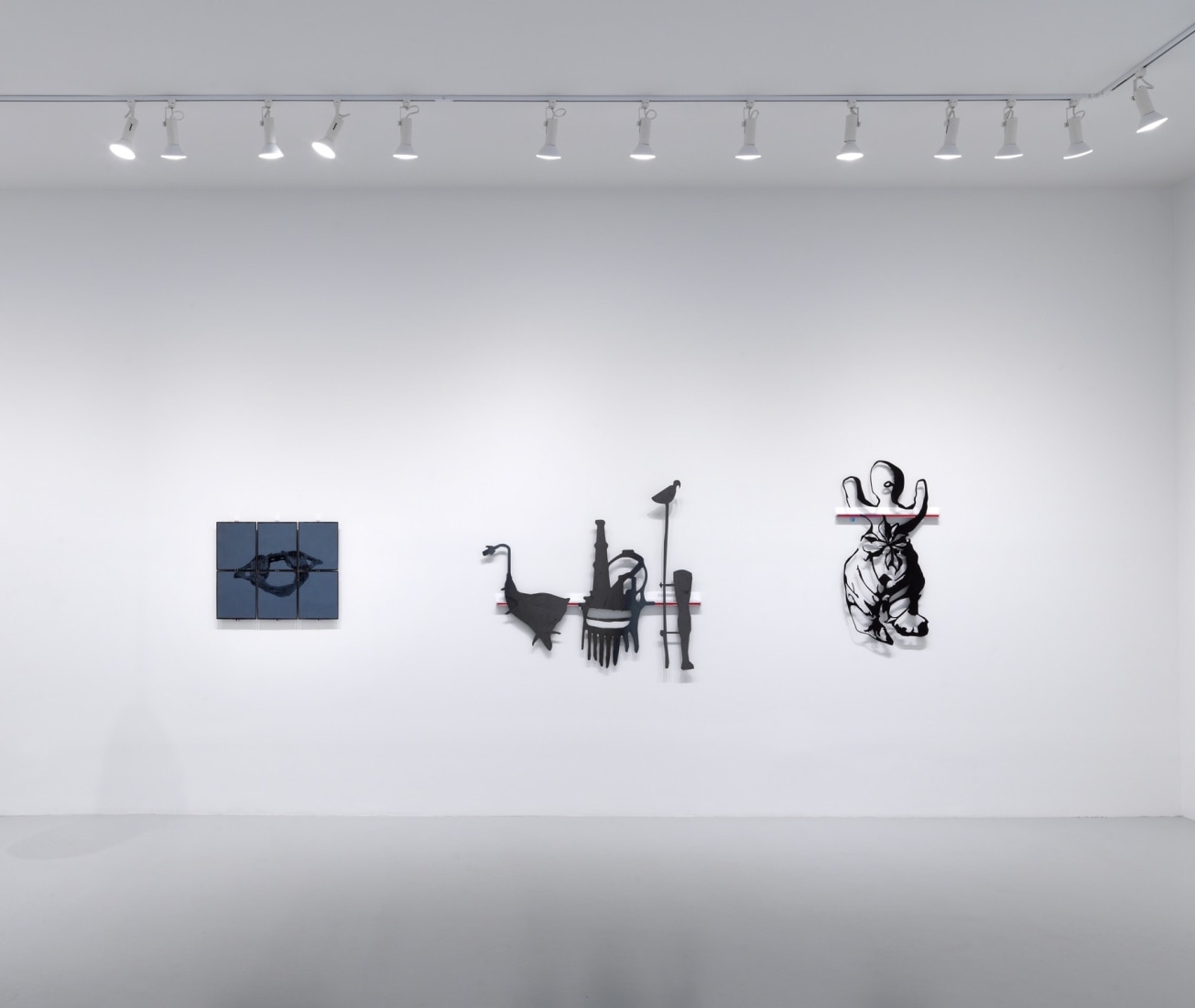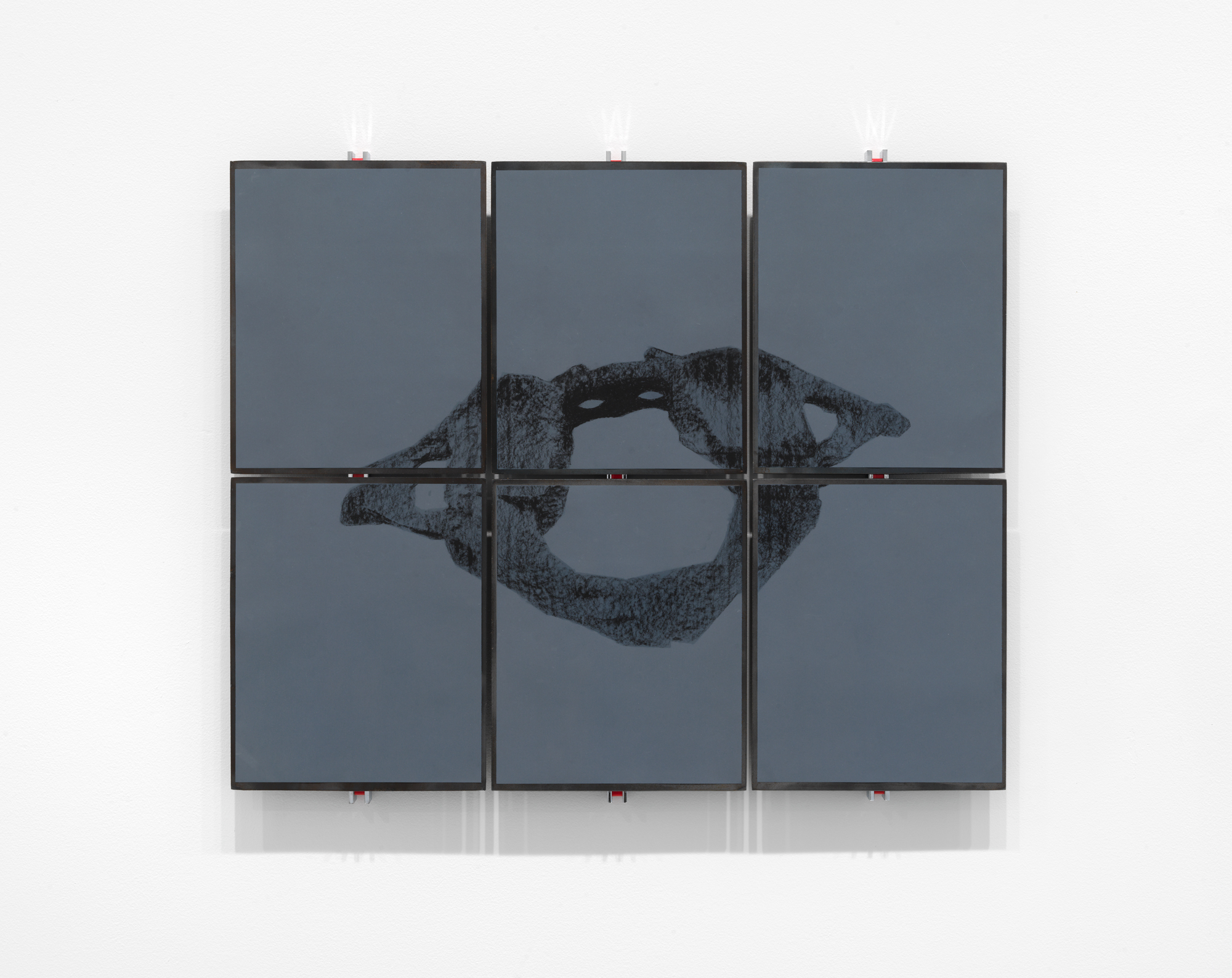ALBERTO ORTEGA-TREJO
Mexican artist, researcher and architectural designer.
Get in touch by clicking here: ✉
His work uses architecture,
drawing, sculpture, writing and video to explore histories of indigeneity in architectural
modernity, the production of extreme environments, the spatial politics of the colonial encounters in North America and the architectures of social experiments. He has been
an IDEAS Fellow of the Society of Architectural Historians and a grantee of Jumex
Foundation for Contemporary Art, Andrew W. Mellon Foundation, and DCASE,
among others. His work has been shown at Prairie, DePaul Art Museum, BienalSur, Ca’ Foscari
Zattere, Rhona Hoffman Gallery, Andrew Rafacz Gallery, Uri-Eichen Gallery, SpaceP11
and Centro de Arte y Filosofía. He has been a guest speaker for institutions and
organizations like DocTalks x MoMA for the Emilio Ambasz Institute, the American Institute
of Architects, the Society of Architectural Historians, Smart Museum of Art, Materia
Abierta, UPenn, MAS Context and CENTRO.
He is a lecturer of Architecture History and Studio at the School of the Art Institute of Chicago, the Program Manager of the Katz Center for Mexican Studies at the University of Chicago and an Independent Spatial Designer.
UPCOMING:
La mitad de abajo: ecosistema en penumbras. Asamblea de Artistas y Activistas del Valle del Mezquital. Galería A4, Tlahuelilpan, Hidalgo. Oct 5, 2025, 1PM.
ARTIFICIAL-AGENCY
Architectural Consultancy
Exhibition Strategy
Research and Publication
Previous clients and collaborators include, Art Institute of Chicago, Singapore Art Museum, Edith Farnsworth House, Goethe-Institut Chicago, Michael Rakowitz Studio, Black Athena Collective, Dawit L. Petros, and Center for Latin American Studies at The University of Chicago.
Keep scrolling for selected projects ↆ
Agua Muy Vieja Del Lugar Espantoso
At Rhona Hoffman Gallery in Chicago
As part of Gentle Content, a group show curated by Julia Birka-White
“Alberto Ortega Trejo’s contributions to Gentle Content were
prompted by recent news events that illuminate class struggles — specifically in his home country of Mexico — in addition to his research regarding Indigenous Mexican cosmologies. When
creating these new objects, Ortega Trejo considered the deadly 2019
explosion in Tlahuelilpan, Mexico of a pipeline owned by Pemex,
the state oil company. The illegal extraction, possession, and sales
of thefted fuel has been a long standing issue in the country, the
result of larger class and economic disparities affecting sites of
mineral extraction and oil processing as is the case of Tlahuelilpan,
an Otomí territory. Ortega Trejo’s metal figurative cut-outs adhere
to the wall, and similar to Bredar’s painted suspended heads are disjointed and cut off from their whole. Discernable is an
amputated leg referencing the overcirculation of violent image in contemporary Mexico while engaging with Otomí God-making
practices. Next to it, a nebulous form that is actually an alcohol
sack, hovers among other silhouettes. The alcohol sacks the artist
is referencing are used for pulque (a traditional Mexican alcoholic
drink of fermented agave nectar) storage and typify the effect of alcoholism on colonized Indigenous communities globally.
Additionally, six charcoal on sandpaper drawings mounted on
metal plates and organized in a grid unite to form an atlas bone.
Interested in bones and the practice of their display in sacred and
communal spaces in Central Mexico as well as in their political and
forensic register, Ortega Trejo’s precise drawing could be read as a
warning or a sign of perpetuation and regeneration.”
Julia Birka- White, Director of Rhona Hoffman Gallery
Julia Birka- White, Director of Rhona Hoffman Gallery




